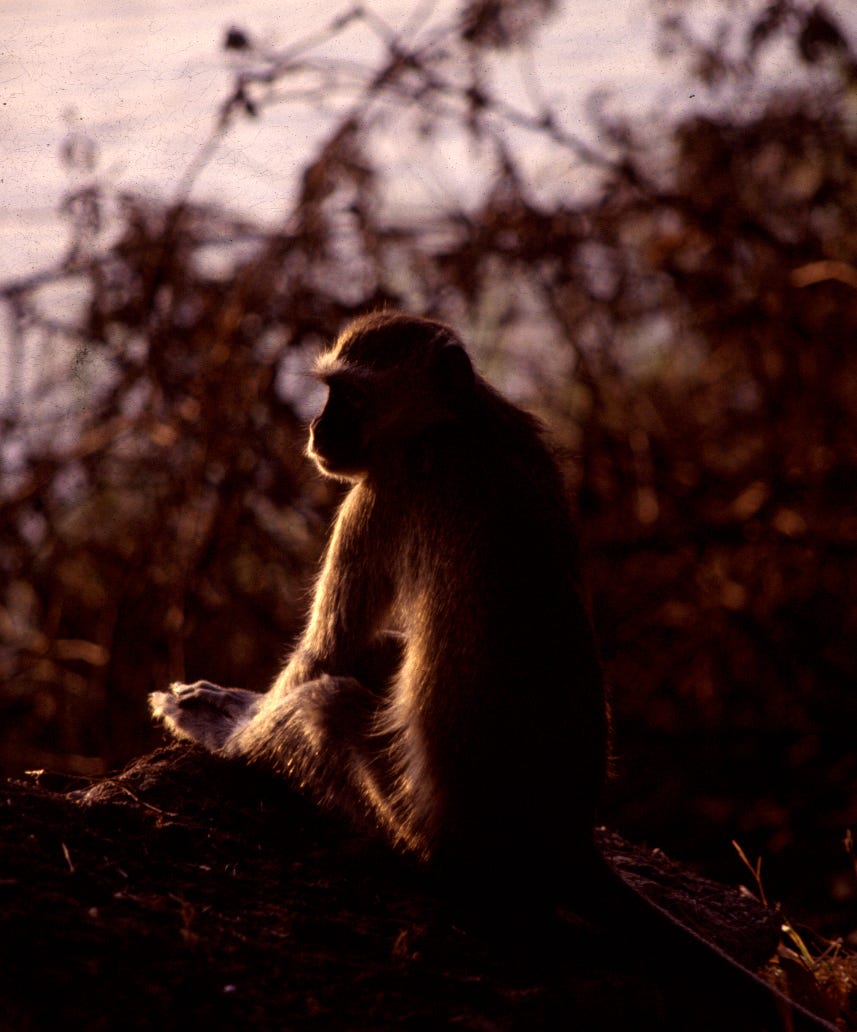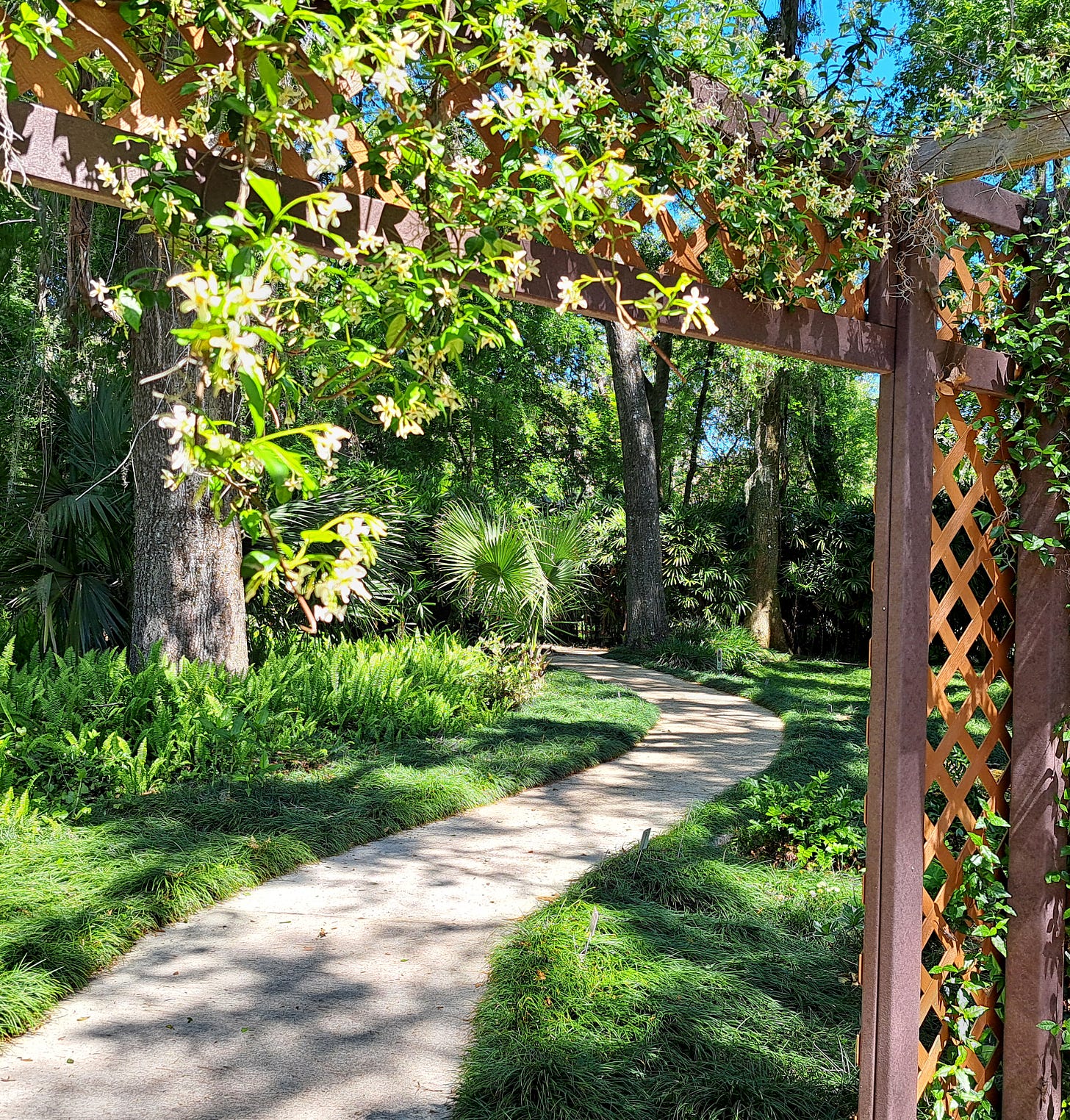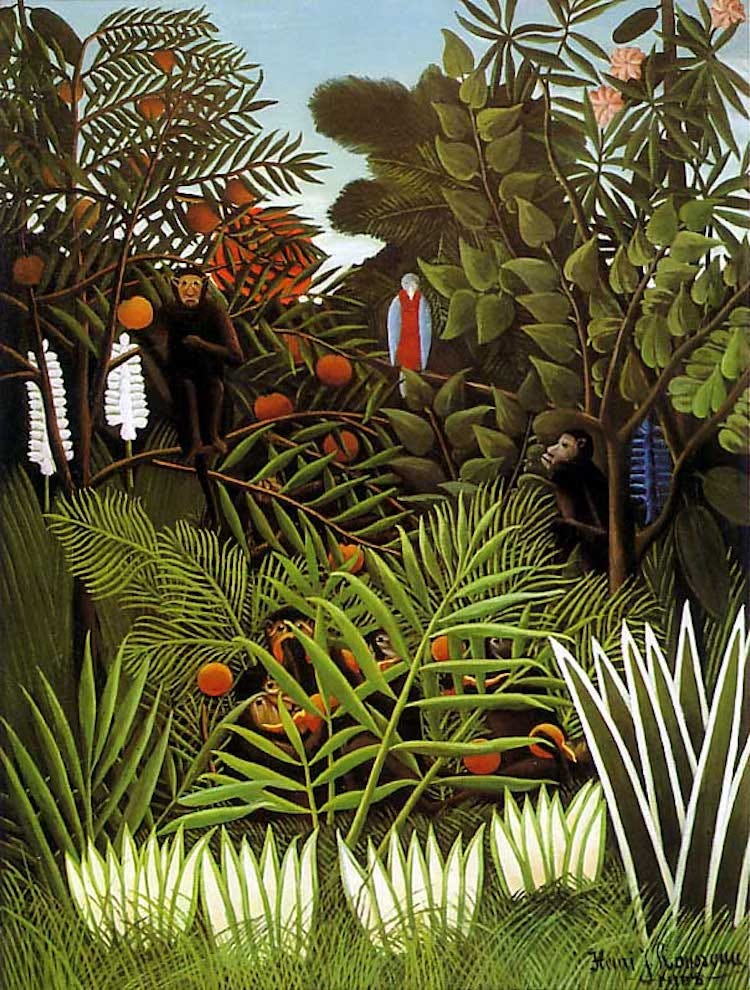Realism demands a certain skill. But eventually we want more, even in a photograph. The best photos are curated through the eye of the photographer, chosen from the collection and obsessively processed either in the darkroom or digitally.
The best paintings are not “paint what you see”, but rather, paint in response to your experience.
Would you paint this?
Well, you might. And it could be a feat of craft. But beyond craft, would it be wonder-full?
I suspect you’d rather linger here:
And if so, you chose the image cultivated through another human's efforts—the garden.
Would you paint it like the photo? Maybe—because that's a challenge that draws us to the craft and can stun the viewer. But in these days of ubiquitous photography (and now AI...), why not add another filter, another layer of human response?
How about this?
Or this?
The need to interpret is not limited to the visual. In stories, do we include everything? If we did, no one could read or watch them. Even "reality TV" is heavily scripted and edited—curated through others’ filters with various intent.
The research for my historical novel is a monstrous jumbled jungle of conflicting dates and who-did-whats. I must impose my will on it to create a comprehensible whole. And the result will be MY will. Not everything that happened.
The first imposition is hammering an impossible historical record into a plot. The next is turning that plot into an immersive and engrossing story.
But it starts like this:
Do you think I need some heavy equipment?
I hope you all had a blessed Easter! I’ll soon have an update on this tangle web of a novel. Until then, happy gardening, painting, writing, whatever it is that you do to impose your will.
—Lausanne










